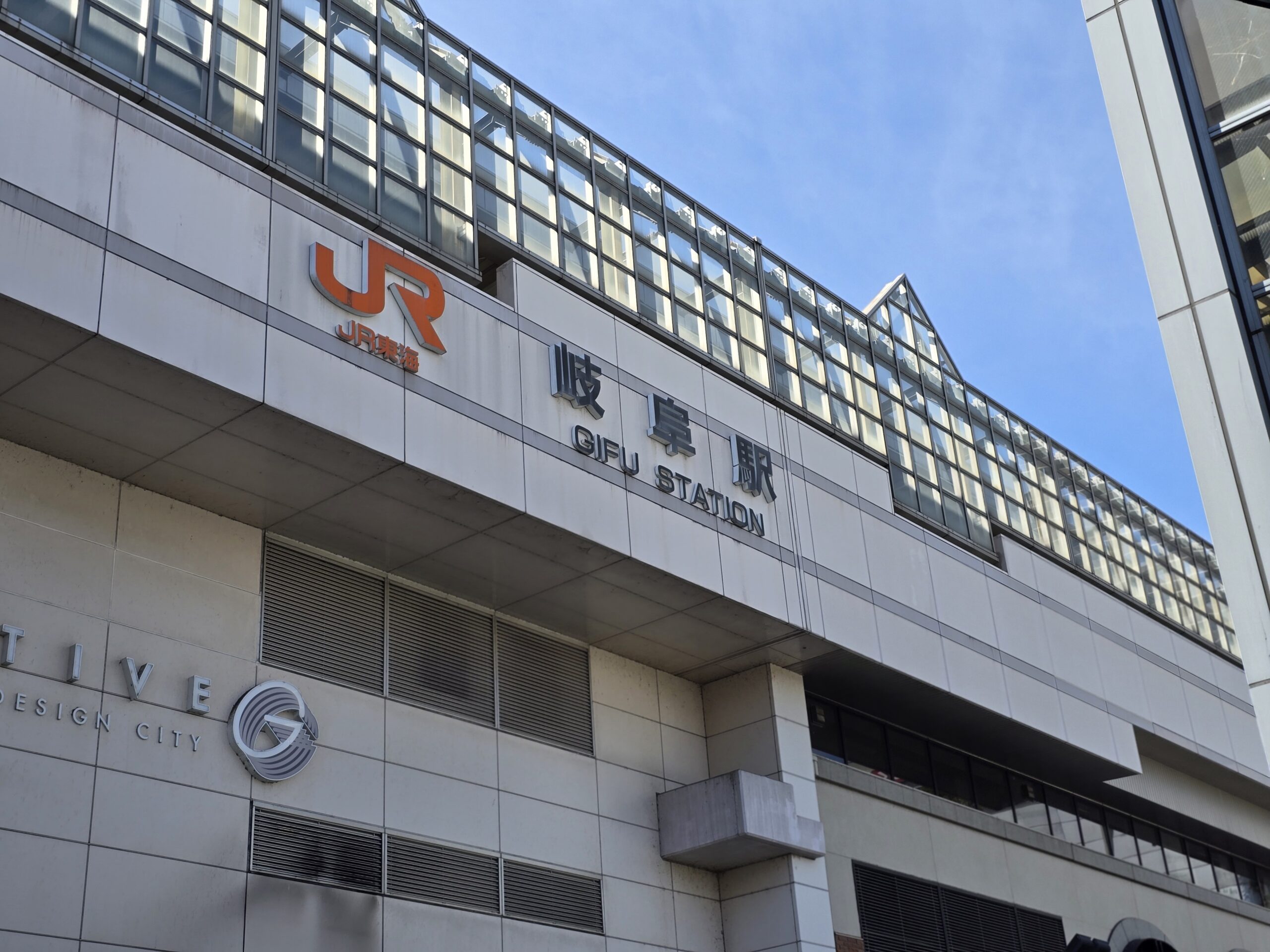Most people think of Gifu Station as nothing more than a stopover—somewhere you pass through on the way to Takayama, Shirakawa-go, or Nagoya. I used to think that way too. But the more time I’ve spent here, the more I’ve realized Gifu Station has its own character.
It’s not just a train station. It’s where history, food, and daily life come together. And if you give yourself a little extra time here, you might discover that Gifu Station is actually one of the city’s most welcoming spots.
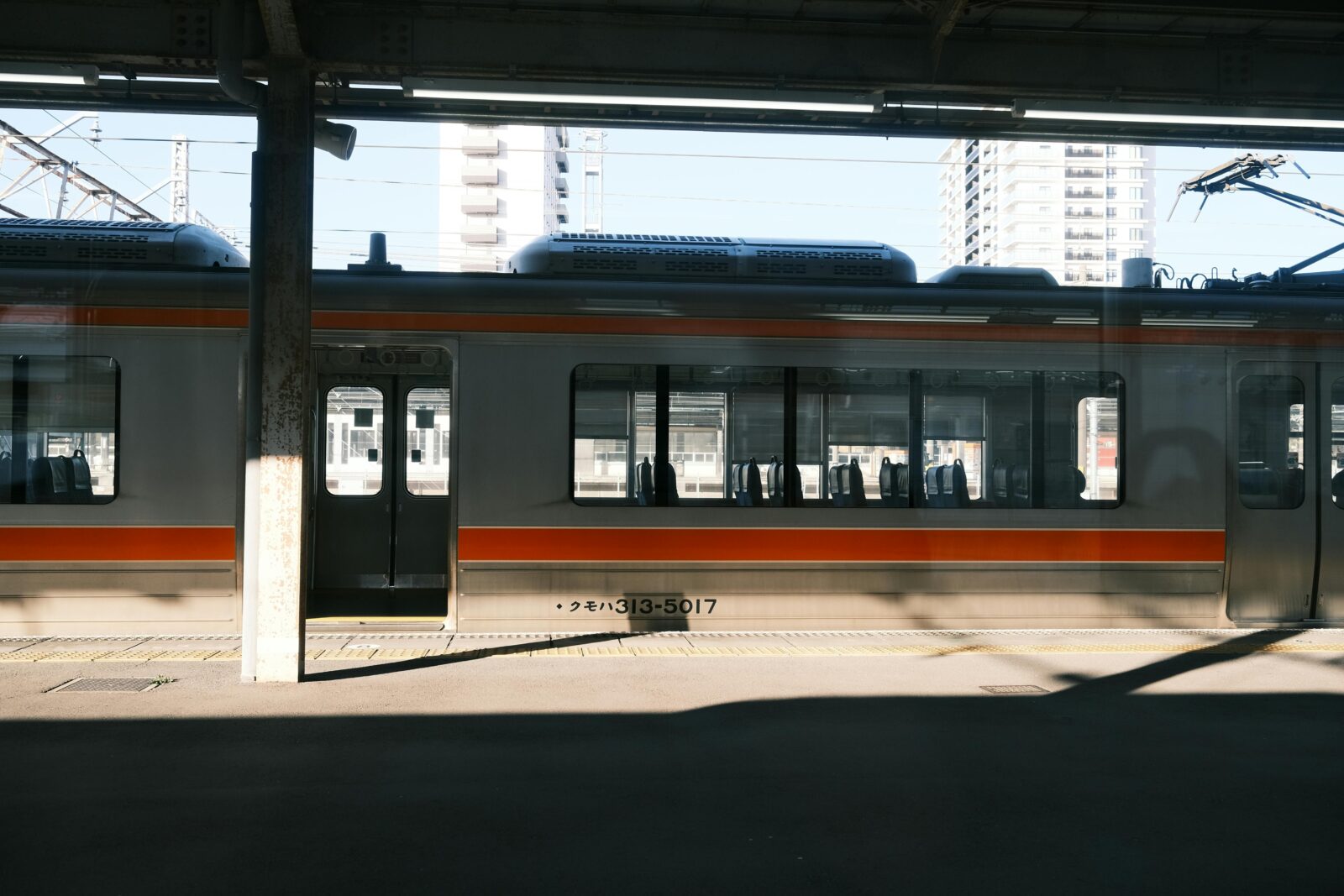
Meeting Nobunaga at the Gates
The first thing you see when you step out of the station is hard to miss: the golden statue of Oda Nobunaga.
Nobunaga ruled from Gifu Castle in the 16th century, and he left a big mark on Japanese history. Today he still greets everyone who passes through the plaza, his statue shining in the sun. Locals hardly look up anymore—they’re used to him—but for me, it always feels like a reminder that Gifu isn’t just a place to change trains. It’s a place with a story.
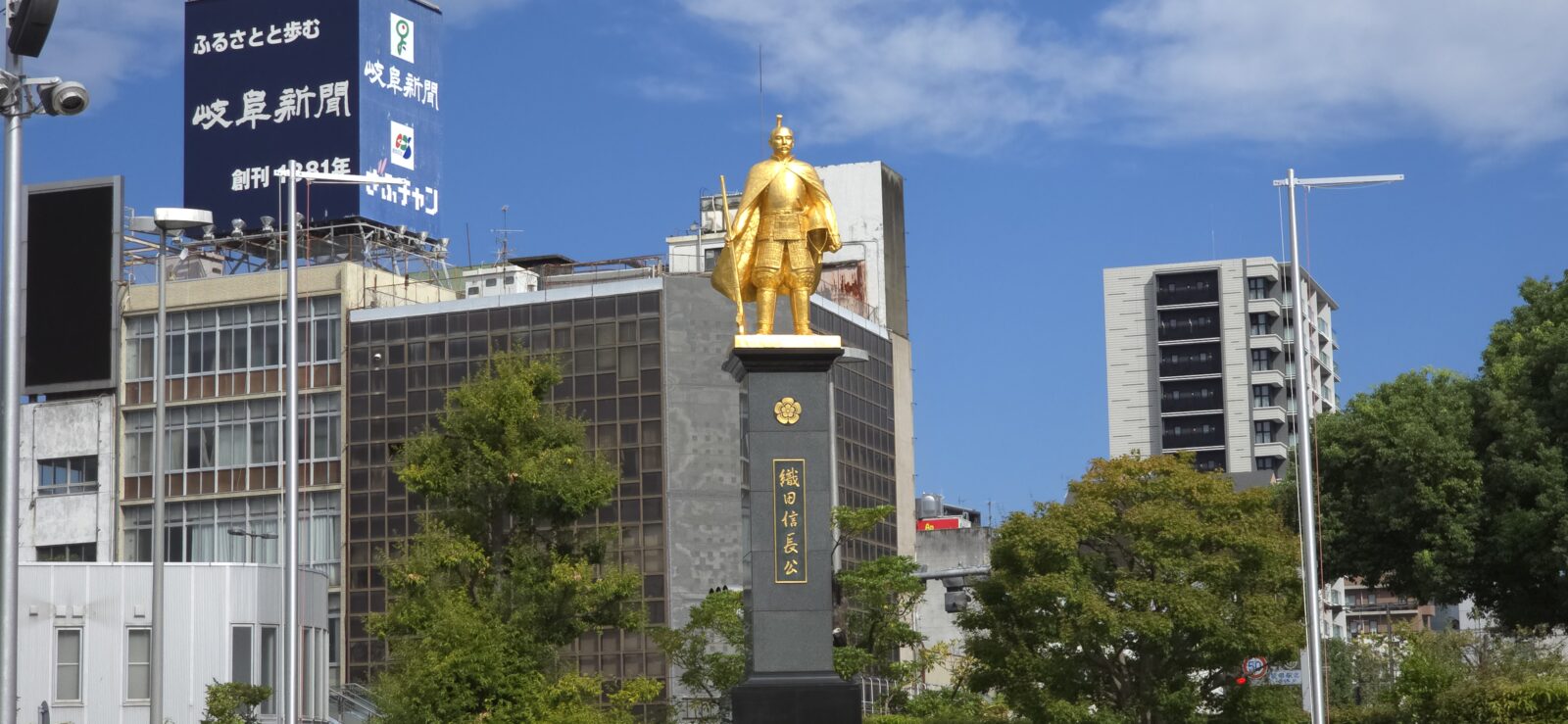
The plaza itself is lively. Buses line up, taxis wait for passengers, and you’ll see plenty of people walking with purpose—students heading home, commuters racing to catch their train, travelers stopping for a quick photo. It’s busy, but in a very everyday Japanese way.
Inside the Station: Bright and Lively
Step inside and you’ll notice how open and bright the main concourse feels. Departure boards glow above the ticket gates, and the sound of train announcements echoes through the space. If you’re not in a rush, it’s worth slowing down and looking around.
The station often puts up seasonal decorations or cultural displays—like lanterns during summer or posters for local festivals. It’s a small thing, but it makes the station feel connected to the city rather than just another transit hub.
For locals, Gifu Station is more than just trains. It’s where you stop for errands, grab lunch, or meet a friend for coffee. And that’s where the fun begins for visitors too.
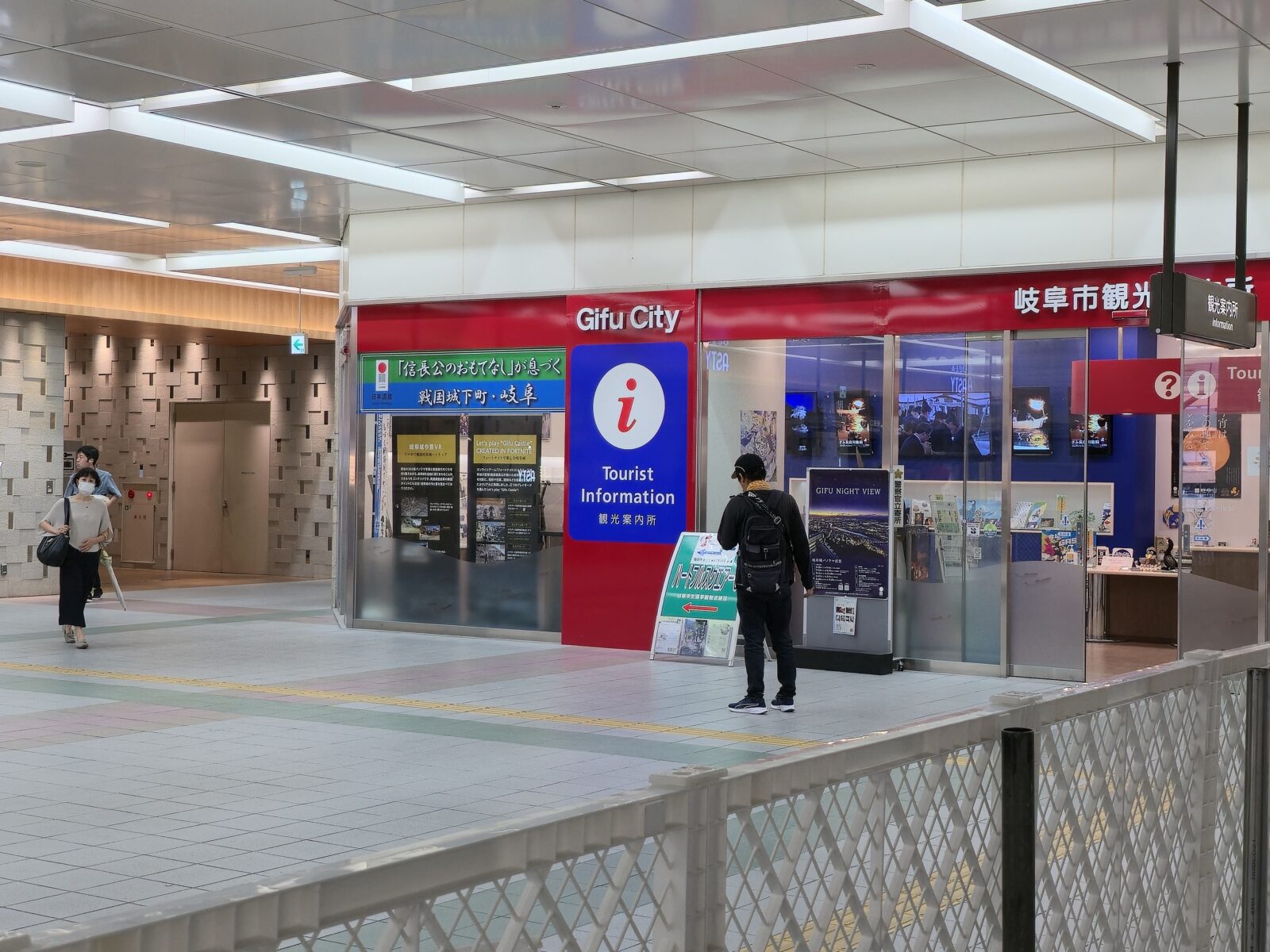
Eating Around Gifu Station
Food is always the first thing I check in any station, and Gifu Station has plenty of options if you know where to look.
Bento & Takeaway
Unlike bigger stations like Nagoya, you won’t find dozens of ekiben stalls here. Instead, Gifu has two good grocery shops right inside:
- Seijo Ishi – A slightly upscale grocery with bentos, imported snacks, and good quality side dishes.
- Doda Gifu – A more local-style shop with hearty bentos, rice bowls, and drinks.
Both are lifesavers if you want something fresh to eat on the train.
Coffee & Morning Sets
If you’re in Gifu in the morning, you’re in luck. The city is famous for its “morning service” culture—order a coffee and you’ll often get toast, eggs, or even a small salad included. You can find this at cafés near or inside the station, and it’s the perfect way to start your day.
There’s also a Starbucks inside for those who want something familiar, but I recommend trying a local café at least once.
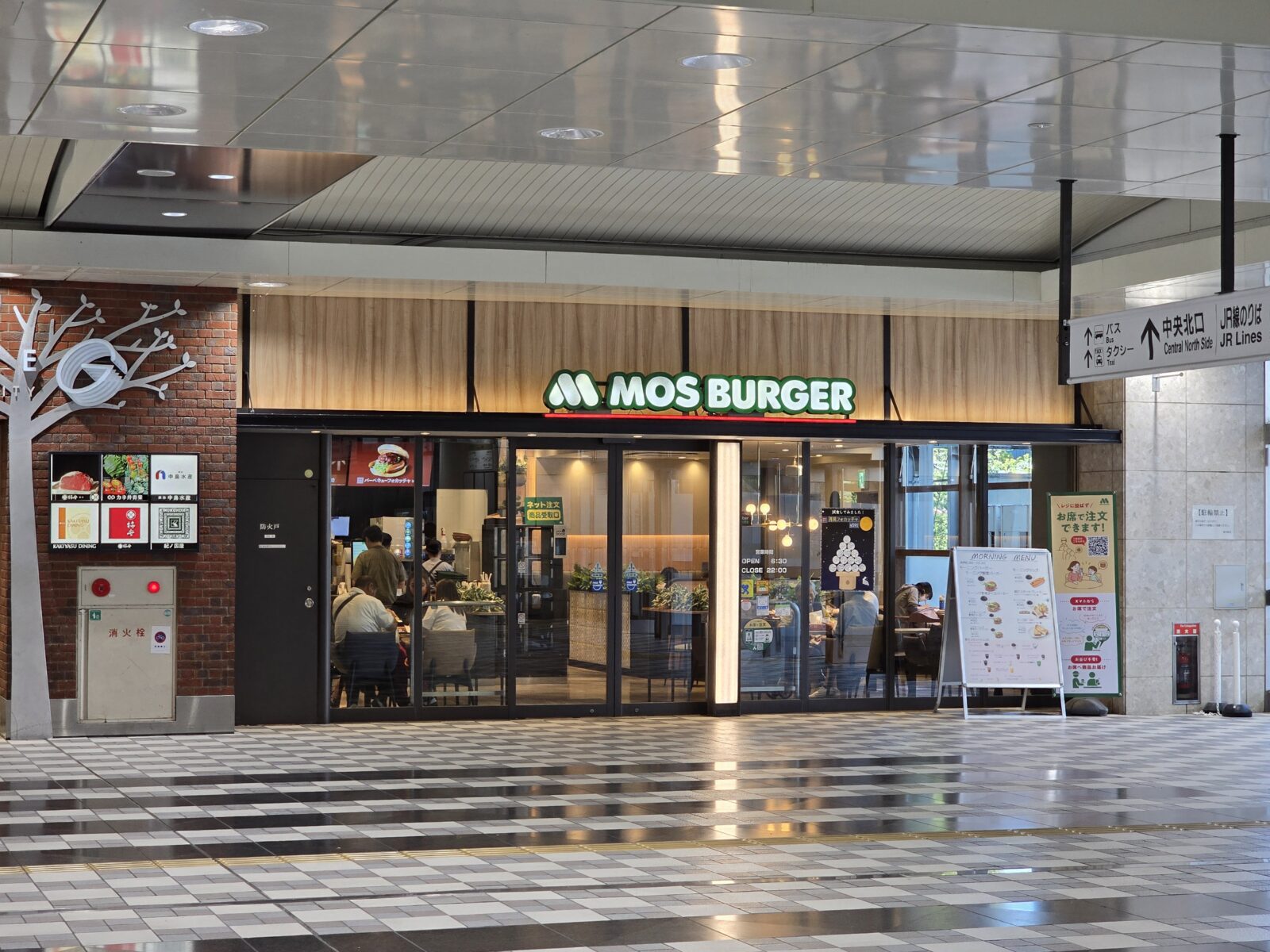
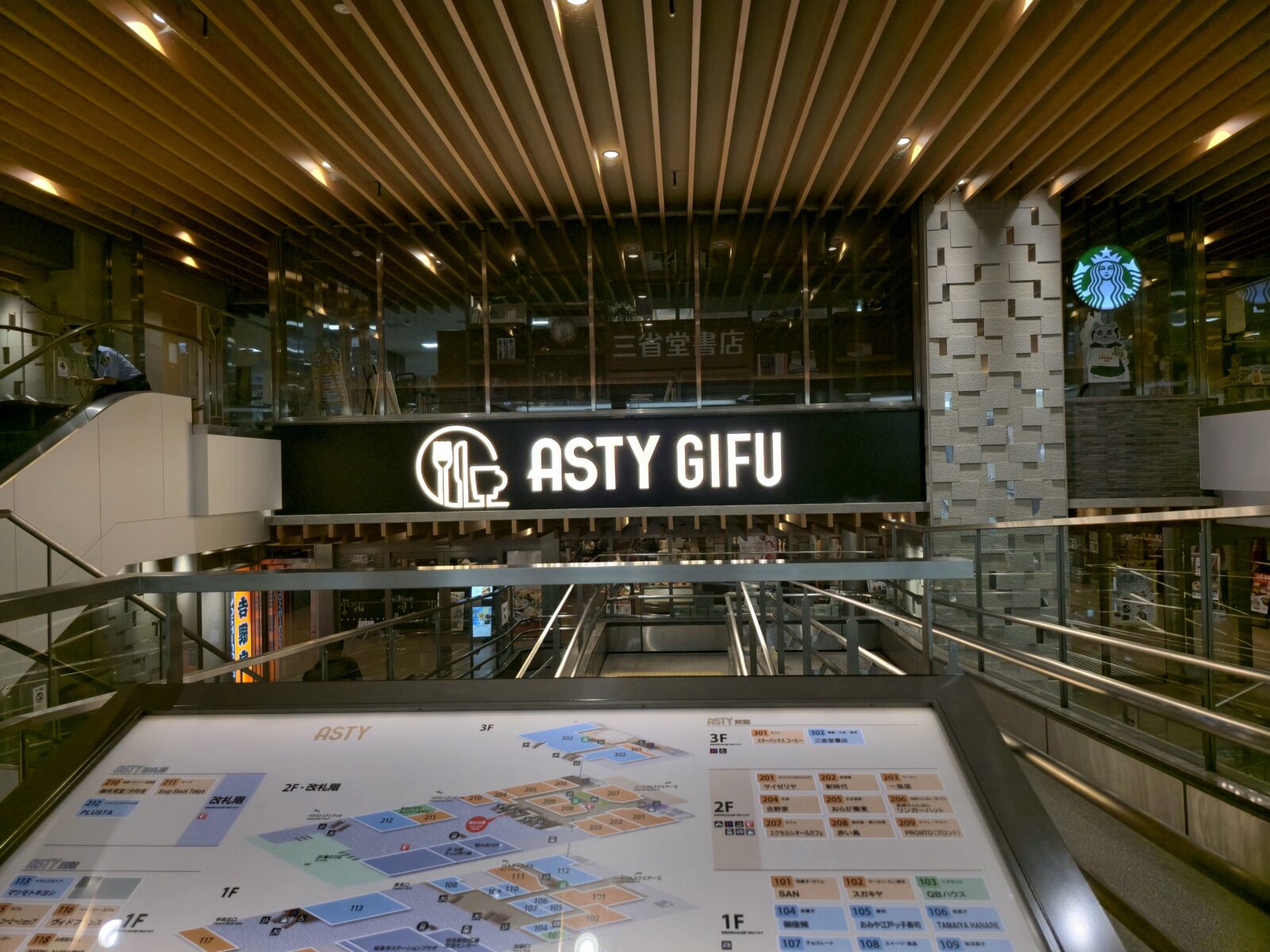
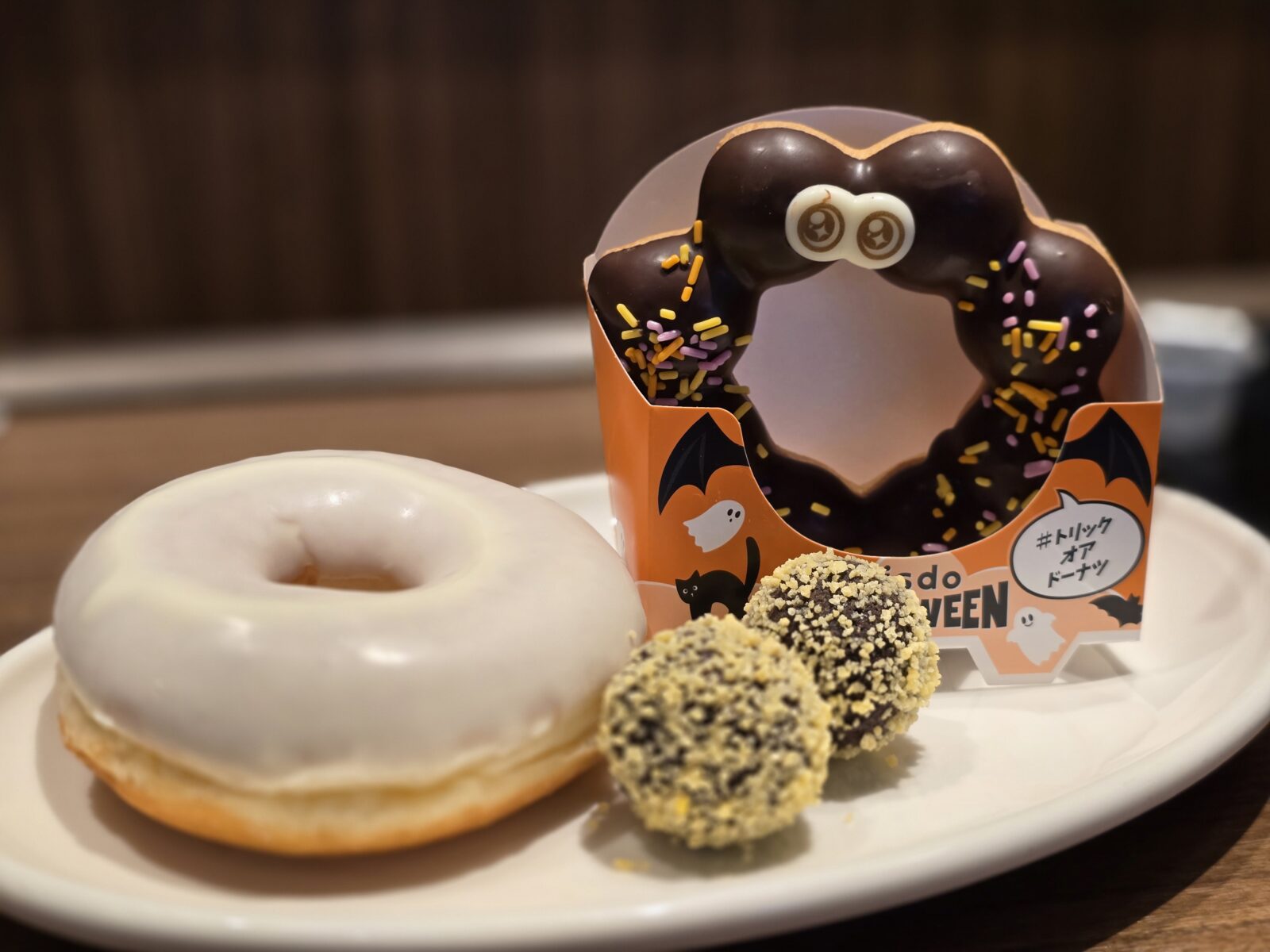
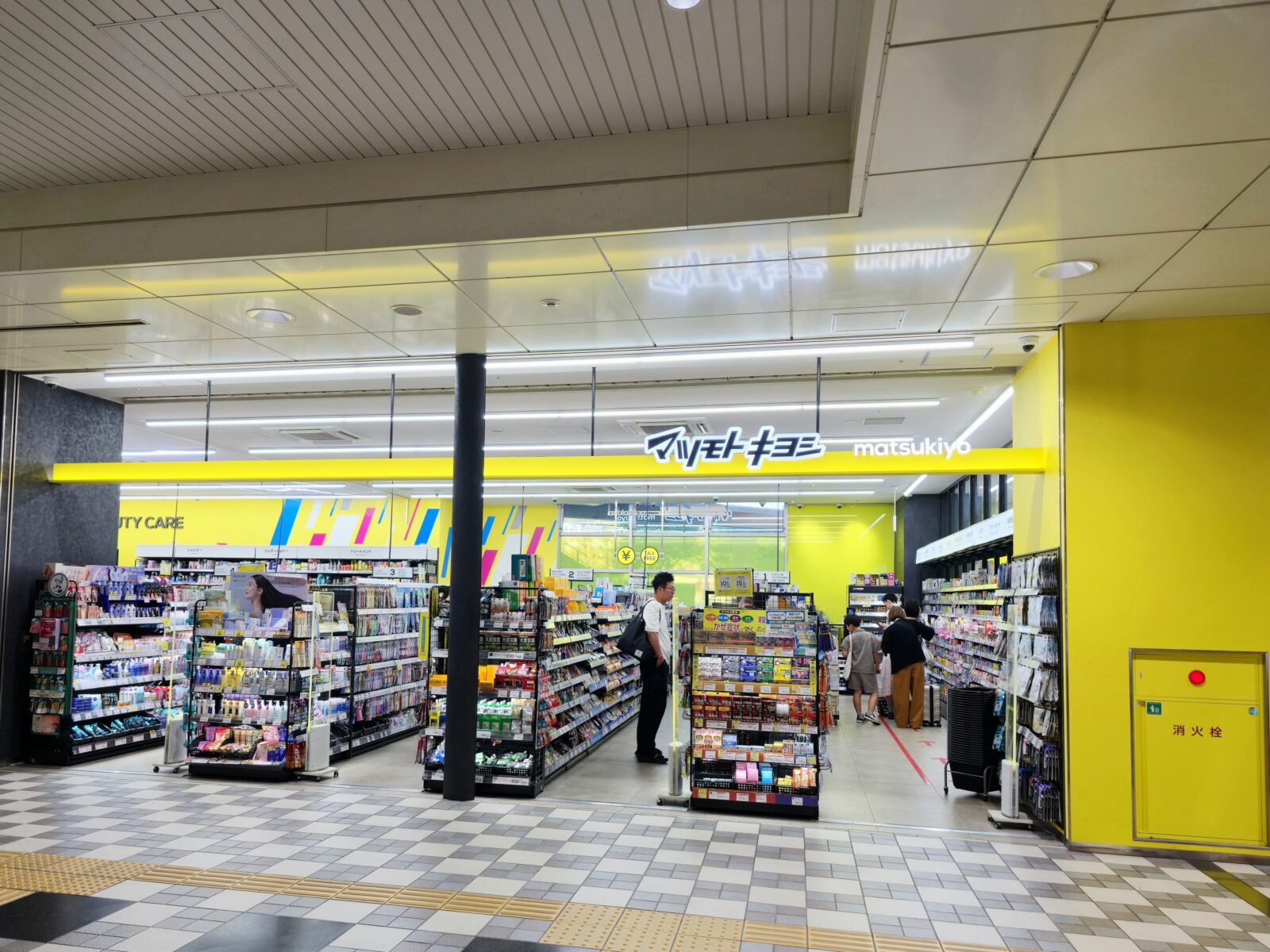


Quick Bites & Chains
- Mos Burger → A Japanese burger chain with quirky menu items like rice burgers.
- Mister Donut → Reliable and cheap for donuts, coffee, and seasonal treats.
- Bakeries → Great for pastries, sandwiches, and bread—perfect for grabbing something quick.
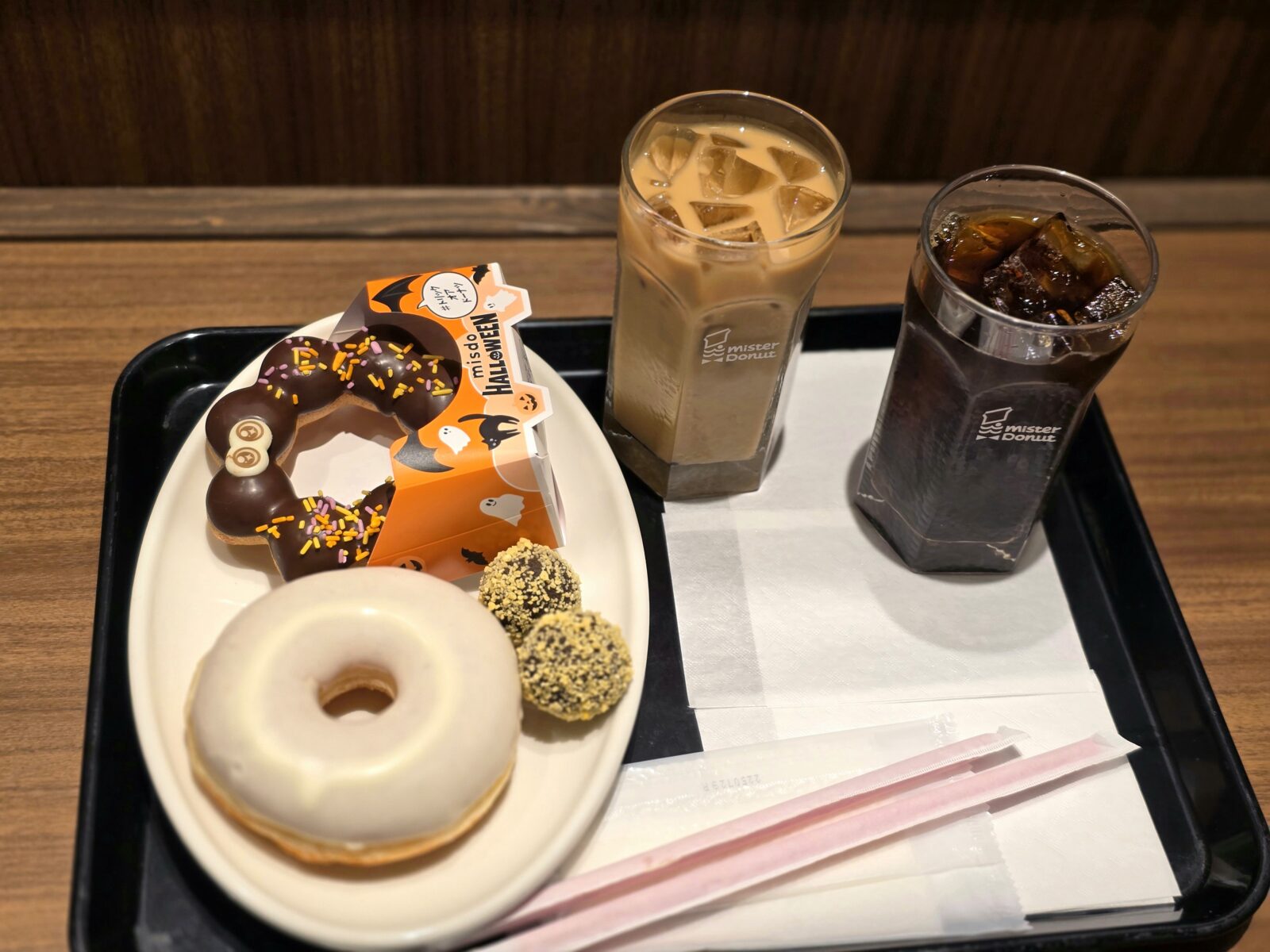
Sit-Down Meals
If you’ve got a little more time, don’t just settle for a quick bite—Gifu Station has plenty of sit-down restaurants where you can slow down and enjoy a proper meal. Just a few steps from the concourse, you’ll find a mix of local favorites and familiar comforts:
Ramen shops – Whether you’re craving a rich, creamy tonkotsu broth or a lighter shoyu style, ramen is always a good choice after a long train ride. Many places stay open late, so even if you arrive in the evening, you won’t go hungry.
Sushi spots – From fun conveyor-belt sushi (kaitenzushi) to more traditional counters, it’s easy to enjoy fresh seafood without traveling far from the station.
Teishoku (set meal) restaurants – These are some of my favorites when I want something balanced: rice, miso soup, grilled fish or meat, and little side dishes, all served together on a tray. Simple, affordable, and very Japanese.
Yakiniku (grilled meat) – If you’re traveling with friends or family, yakiniku is always a fun option. Order different cuts of meat and grill them at your table—perfect for sharing.
Udon and soba shops – Warm, comforting bowls of noodles, sometimes topped with crispy tempura. Great for a quick but filling meal.
Most of these places are inside Asty Gifu (the shopping and dining area connected to the station) or just across the street. It’s super convenient—you don’t have to wander far to find something tasty. Locals drop by after work, and travelers can easily fit in a meal before their train.
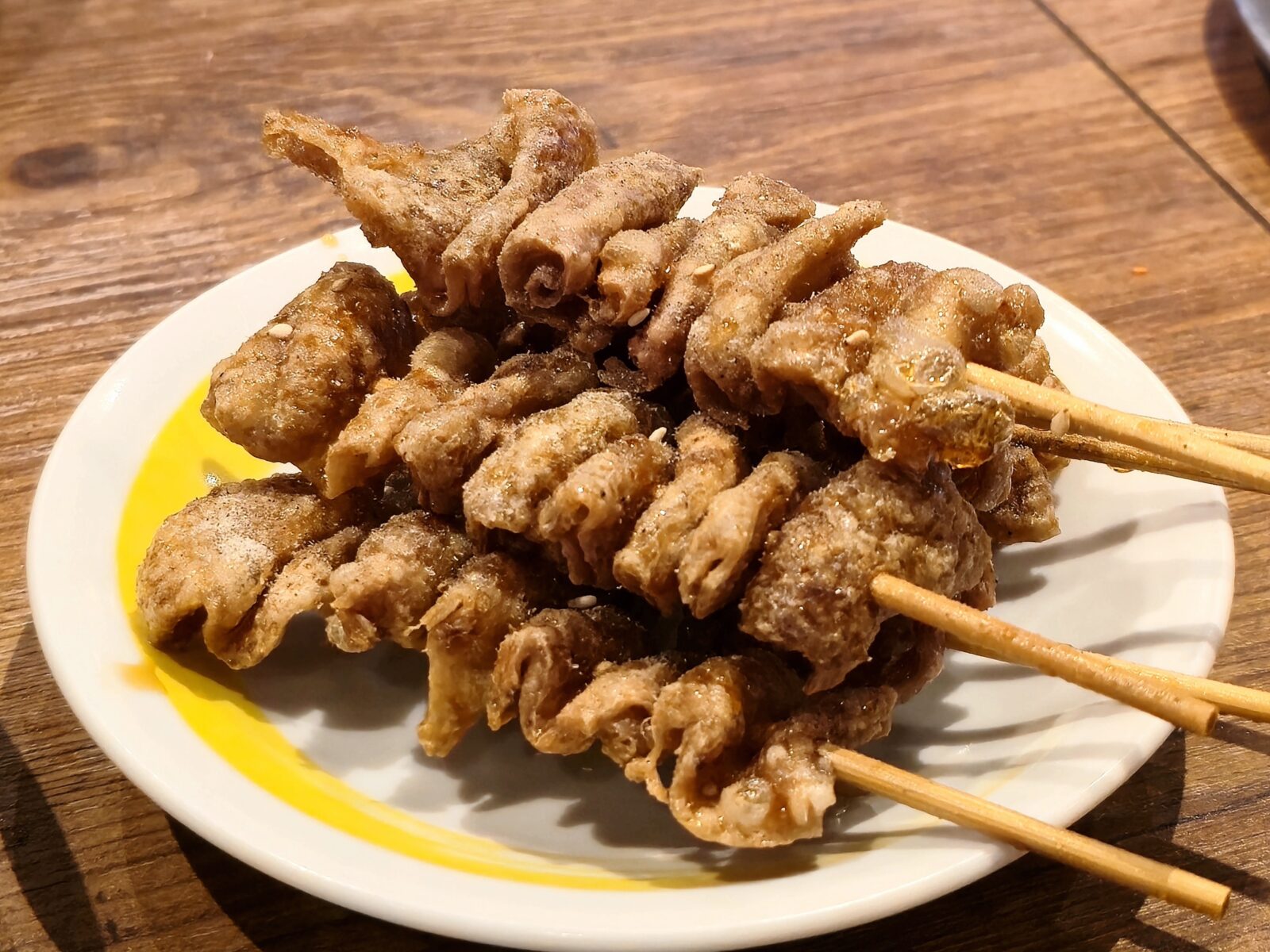
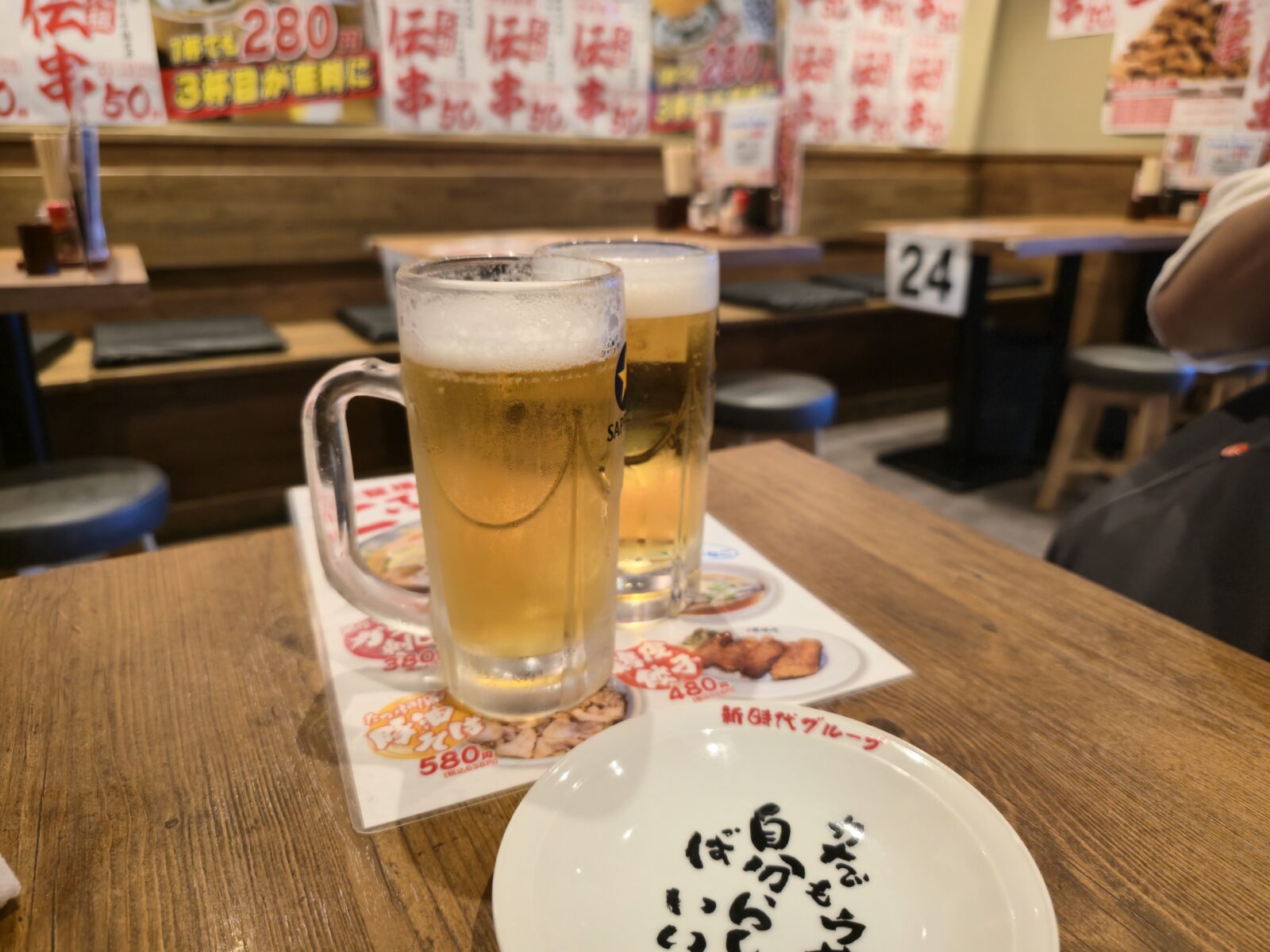
I’ve spent some evenings than I can count grabbing a quick beer and yakitori here before catching the train home. It’s simple, but that’s what makes it fun.
Shopping and Convenience
Another thing I love about Gifu Station is how practical it is. It’s not just a place to change trains—it’s a mini lifestyle hub.
Inside and around the station you’ll find:
- 三省堂書店 岐阜店 (Bookstore) → Perfect for browsing manga, travel guides, stationery or magazines.
- Matsumoto Kiyoshi (Pharmacy)→ Handy for medicine, toiletries, or snacks.
- Souvenir shops → Selling local specialties like ayu-shaped sweets, daifuku or Gifu crafts.
- A Starbucks and smaller cafés → Meeting points for locals, or a place to take a break.
For travelers, this makes Gifu Station surprisingly convenient. You can get your essentials, shop for gifts, and grab food—all without leaving the building.
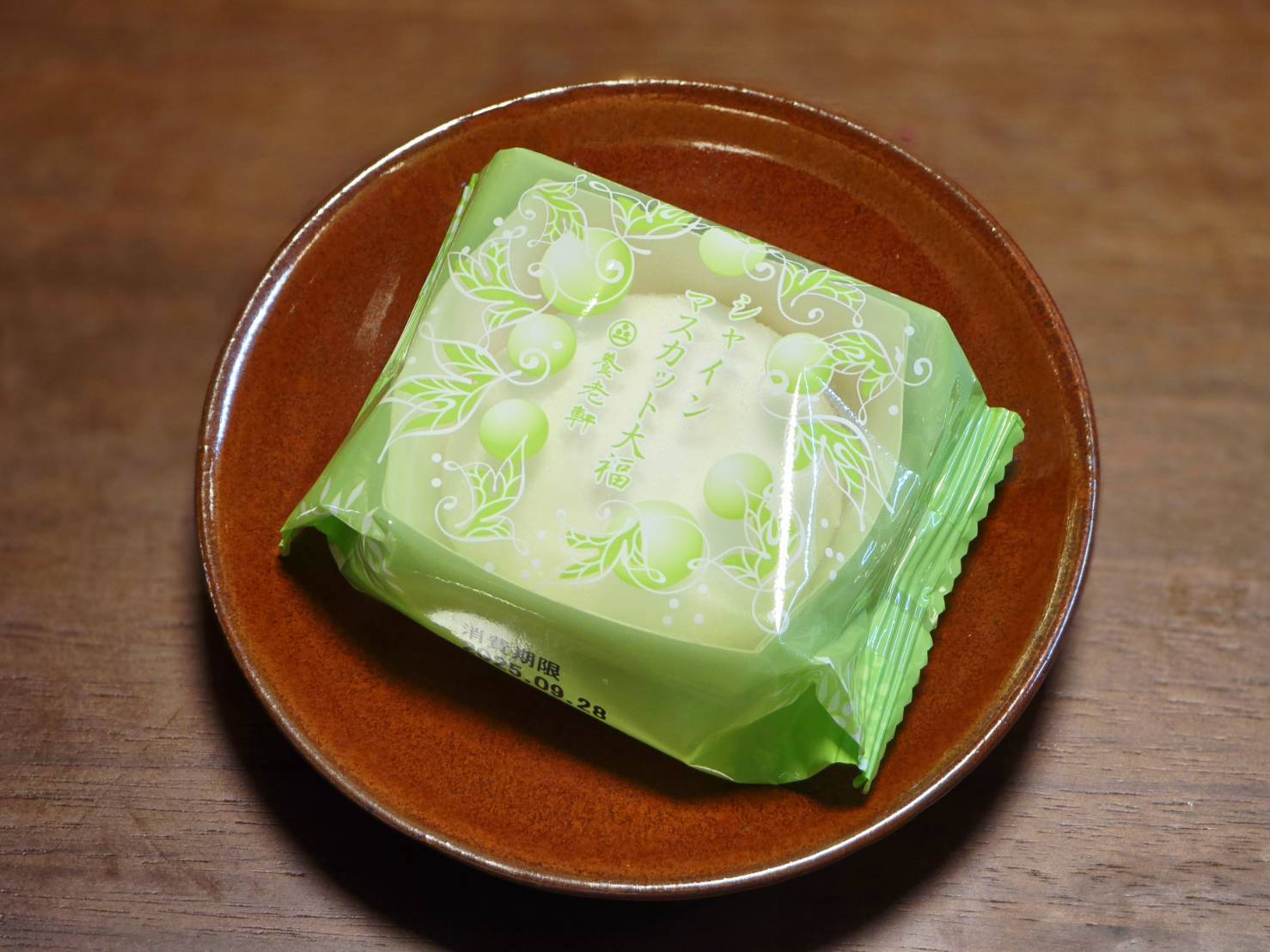
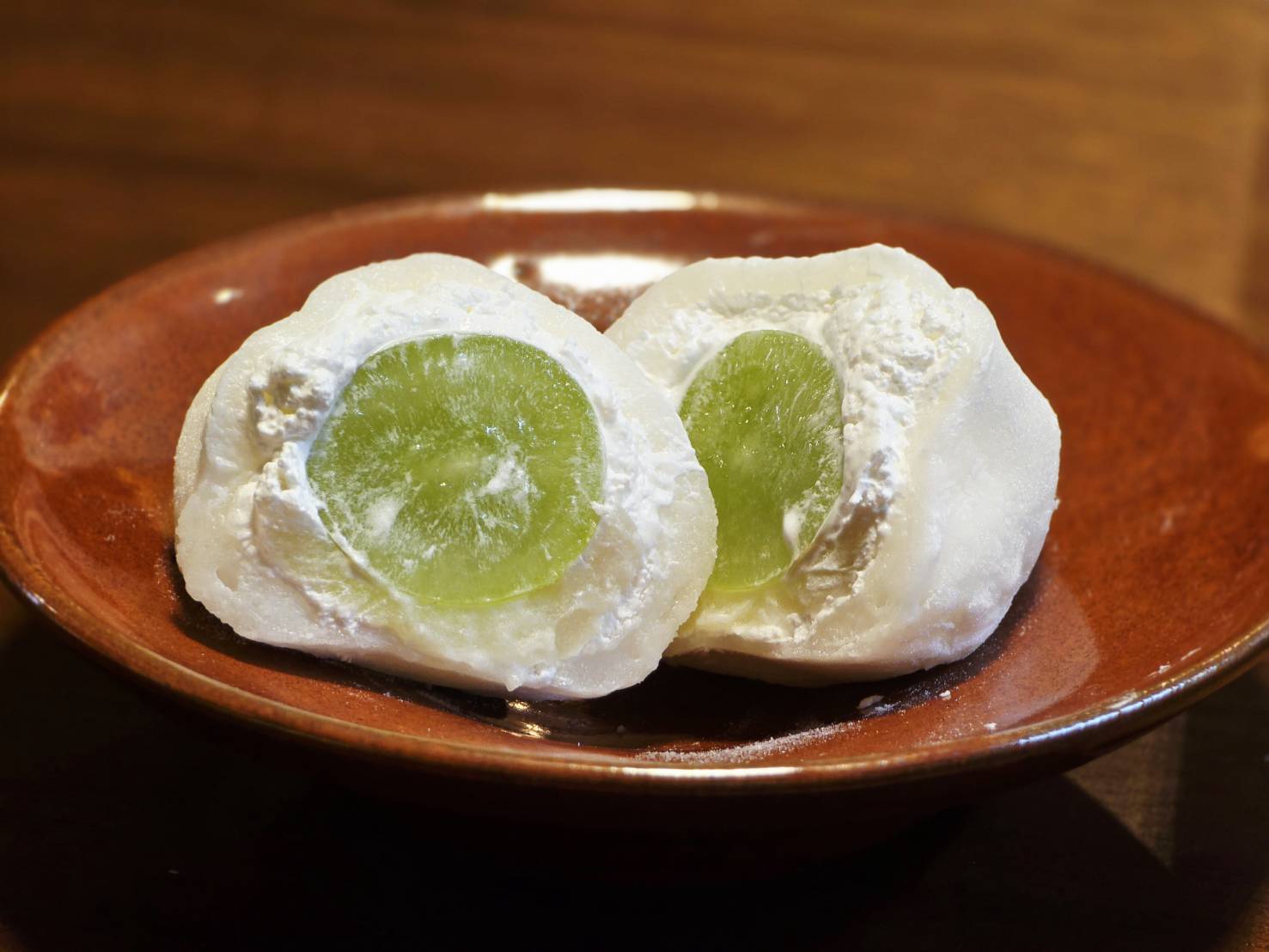
If you enjoy photography or vlogging, Gifu Station has more to offer than you’d think.
- Outside shots → The Nobunaga statue with the station behind it is a classic. Try it at night when the lights shine.
- Station walkthroughs → Capture the flow of people through the ticket gates, escalators, and platforms.
- Food moments → Unwrapping a bento or enjoying a morning coffee—small, everyday scenes that tell the real story of travel.
I often find myself filming little snippets here because the atmosphere feels both ordinary and special at the same time.
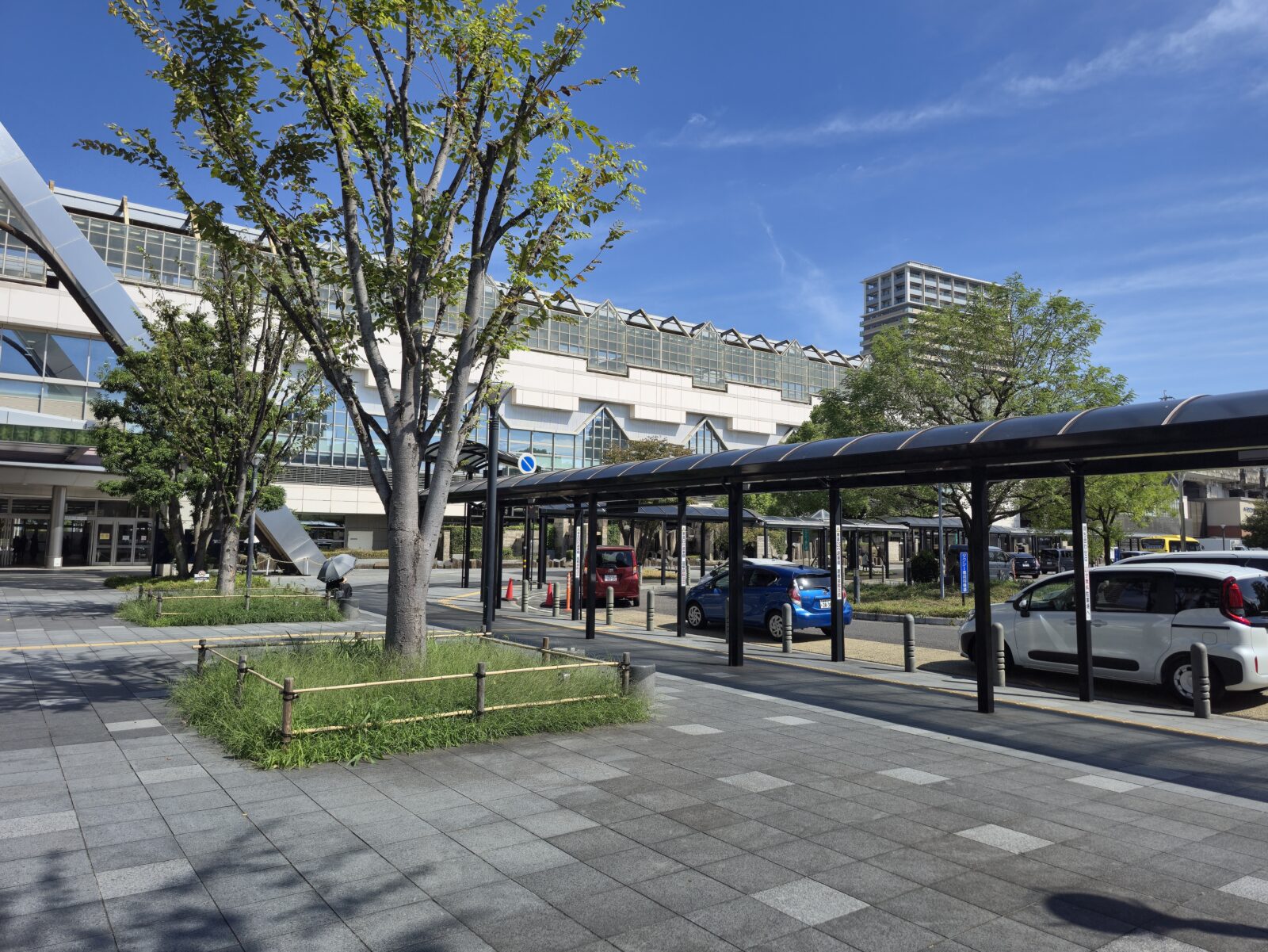
Where Gifu Station Leads You
Of course, the station is also your gateway to bigger adventures. From here, it’s easy to:
- Visit Gifu Castle, standing tall on Mt. Kinka. The view from the top is worth the ropeway ride.
- Watch cormorant fishing on the Nagara River, a tradition that’s been around for more than 1,000 years.
- Explore local food culture, from seasonal sweets to hearty regional dishes.
But even if you’re not heading to those places, spending time at the station itself gives you a taste of Gifu life.
Why Gifu Station Is Worth Your Time
For many travelers, Gifu Station is just a checkpoint. But for me, it’s become one of those places I genuinely enjoy spending time in.
It’s practical—you can eat, shop, and run errands. It’s cultural—you’re greeted by Nobunaga and local displays. And it’s social—whether you’re having a morning set at a café, or ending your day at an izakaya, the station has a way of pulling you into local rhythm.
So if you find yourself passing through Gifu Station, don’t rush off right away. Take an hour to explore. Grab a bento, wander the shops, say hello to Nobunaga, and see what you discover.
Sometimes the most “ordinary” places end up being the most memorable.
Insider Tip
If you’re heading to Takayama or Shirakawa-go, plan your trip so you have extra time at Gifu Station. It makes the journey feel less like a transfer and more like part of the adventure.

